How to mate a 2645 opponent in one hour!
In the last round of the Isle of Man International 2016 World's youngest IM R. Praggnanandhaa was up against Axel Bachmann. The Paraguayan grandmaster started off with an offbeat opening that soon turned into an opposite side castling. The 11-year-old was on top of his game as he started playing with great energy and imagination. The value of each move started to become very high in this sharp battle. That's when Bachmann went wrong and Praggnandhaa was all over the white king, scoring a win with the black pieces in 18 moves against a 2645 opponent!
You are eleven years and two months old and you are playing against an established grandmaster who is rated 200 points above you. The opponent's rating is 2645 and he is one of the best players from South America.
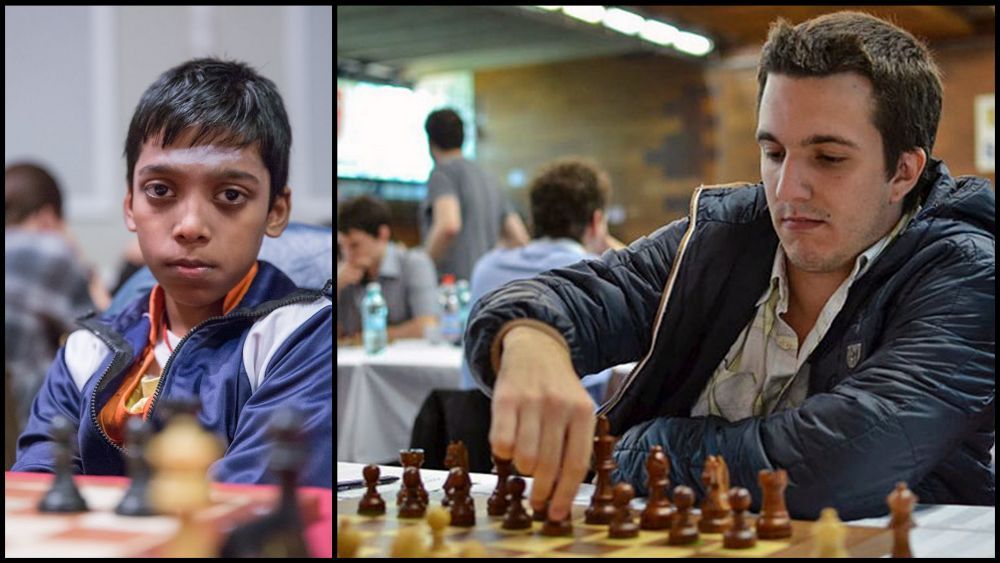
A little respect to such a strong opponent is natural, right? Well, in chess, as in life, you get what you give! Axel Bachmann began with an offbeat opening trying to show that he can outplay Praggnanandhaa in non theoretical lines.
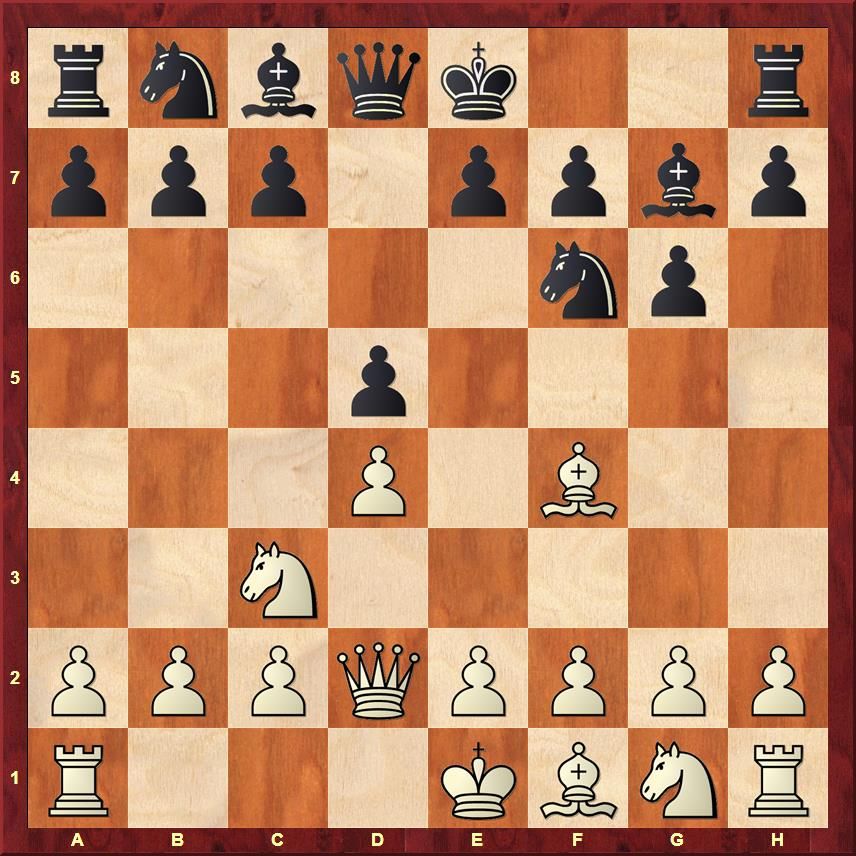

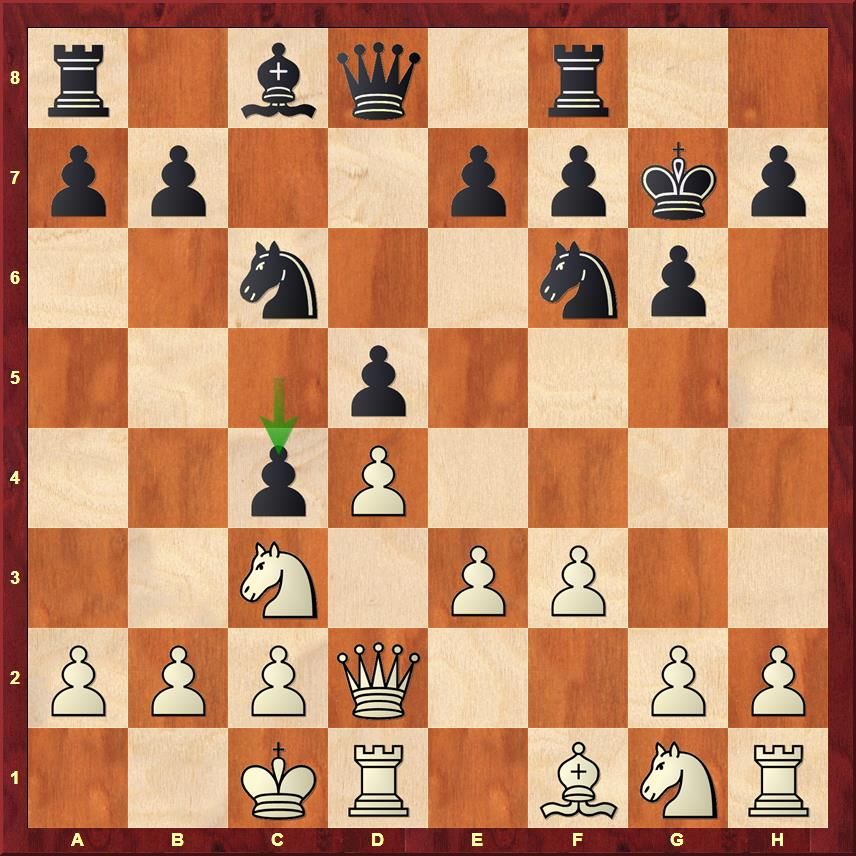


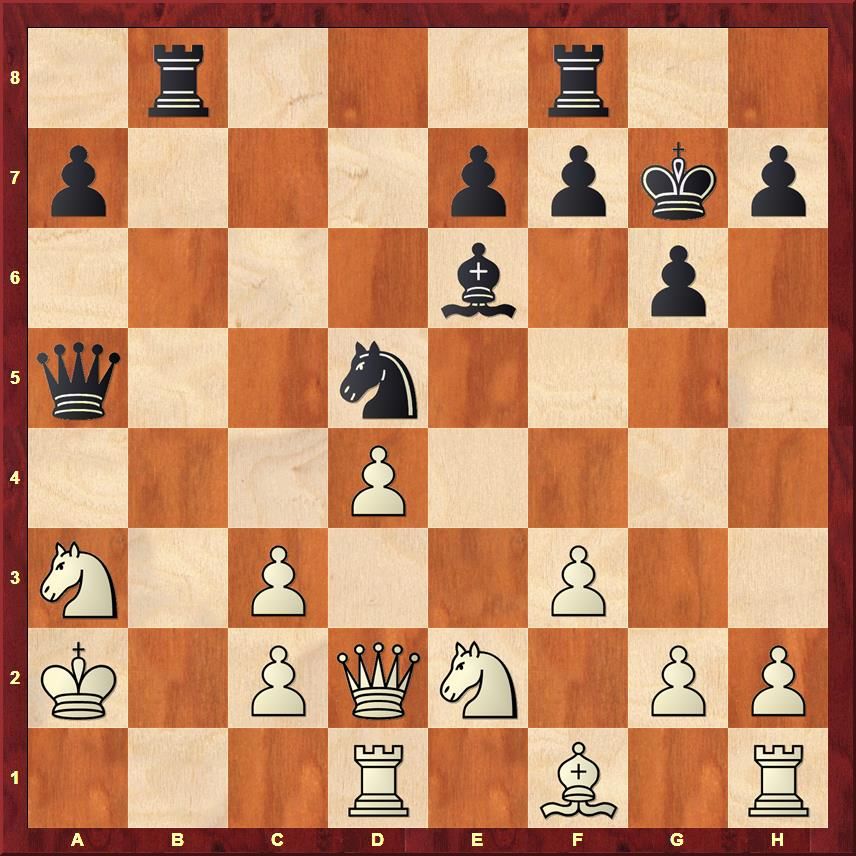
Full analysis of Bachmann vs Praggnanandhaa
[Site "Douglas ENG"]
[Date "2016.10.09"]
[Round "9.21"]
[White "Bachmann, Axel"]
[Black "Praggnanandhaa, R."]
[Result "0-1"]
[ECO "A45"]
[WhiteElo "2645"]
[BlackElo "2442"]
[PlyCount "36"]
[EventDate "2016.10.01"]
opponent.} 1. d4 Nf6 2. Bf4 g6 3. Nc3 {Axel realizes that playing non
theoretical chess can be good way to confuse the little boy. But the boy likes
to play non-theoretical chess. He doesn't like to remember reams of theory
like children his own age!} d5 4. Qd2 Bg7 5. Bh6 O-O 6. Bxg7 Kxg7 7. O-O-O {
Both sides have castled on opposite wings. It can be said that it is easier
for White to attack as he already has the hook on g6 ad can begin with h4-h5.
But let's learn from Praggnanandhaa on the art of how to attack.} c5 $1 {
No pretensions! There is no time to waste!} 8. e3 (8. dxc5 Qa5 9. Kb1 Nc6 10.
Nxd5 $2 Qxd2 11. Rxd2 Ne4 $19) 8... Nc6 9. f3 c4 $5 {In the French Defence,
White does well to take dxc5 before going for 0-0-0. Here too it seemed
logical that White should have taken on c5. Once c4 is played b5-b4 becomes a
natural threat. Bachmann knows that, but how to stop it?} 10. e4 $1 {
Understanding the dangers and quickly doing something about it.} b5 $1 {
Fearless as always! You don't need to teach Praggu the art of attack!} 11. exd5
Nb4 12. Nxb5 $6 {This is going a bit too far.} (12. g4 Nfxd5 13. Nge2 {And the
position remains complex.}) 12... Nxa2+ $1 13. Kb1 {Is the knight trapped on
a2?} Qxd5 {The knight on b5 is attacked.} 14. Na3 (14. Nc3 {was the lesser
evil, but Black is just better after} Nxc3+ 15. Qxc3 Ba6 $17 {The rooks soon
double on the b-file and a strong attack is coming up.}) (14. Nc7 Qb7 $1 15.
Bxc4 (15. Nxa8 c3 16. Qc1 Nxc1 $19) (15. Kxa2 Qxc7 $19) 15... Rb8 16. Nb5 Be6
$1 17. Bxa2 Bxa2+ 18. Kxa2 Qxb5 $19 {with a winning attack.}) 14... c3 {
It's surprising that Bachmann missed this move. Otherwise why would he allow
it?} 15. bxc3 Rb8+ 16. Ka1 Qa5 {And just like that the 11-year-old has
completely decimated the white king!} 17. Kxa2 Nd5 $1 18. Ne2 (18. c4 Nc3+ $19)
18... Be6 {What a resounding victory for Praggu, who simply outclassed his
2645 opponent!} (18... Be6 19. c4 Nb4+ 20. Kb2 Nd3+ 21. Ka2 Bxc4+ 22. Ka1 Qxa3#
) 0-1
Famous chess writer Leonard Barden posted on English Chess Forum: "India's 11-year-old youngest ever IM with the unpronounceable name has this afternoon won an 18-mover against a 2645-rated GM which will go round the world and be compared to Fischer's Game of the Century."
I would say that Fischer's Game of the Century with Donald Byrne was much better in terms of quality. But Fischer was 13 years old when he played that game, while Praggnanandhaa is still just eleven!
Fiona: So, are you happy with your performance?
Pragg: I am sad that the tournament is over!
When your love for chess is so high, and when you enjoy playing chess so much, you are bound to succeed. Next up for the little boy is the World Youth Championships under-12 in Batumi, Georgia! We wish him the best and hope to see more such sparkling games.
Powerplay 2: How to build up an Attack
Not all of us are as talented as Praggnanandhaa. Some of us have to work hard in order to get better at the art of attack. One of the DVDs that I liked very much was Daniel King's Powerplay 2 on How to build an attack. Here is one of my favourite examples from the DVD.
According to Daniel King, in order to successfully launch a mating attack, you need your heavy pieces close to the opponent's king. The faster you can get them across there, the quicker your attack is successful. This happens in one of the variations of the Queen's Indian.
[Site "?"]
[Date "2016.10.09"]
[Round "?"]
[White "Variation"]
[Black "Queen's Indian"]
[Result "*"]
[ECO "E12"]
[PlyCount "24"]
Nxc3 9. bxc3 O-O 10. Bd3 c5 11. O-O Qc8 12. Qe2 Ba6 *
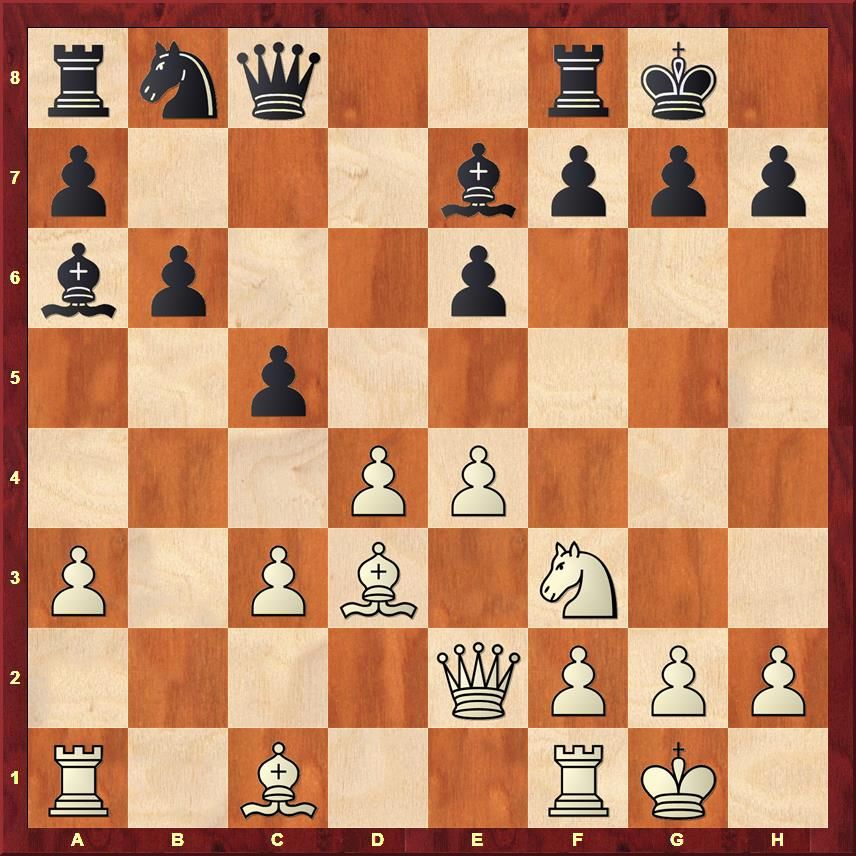
The move is 13.Rd1! The point is to recapture with the rook when it will be useful on the third rank for an attack. I don't know but this rook lift has stuck in my head since the time I saw it!
What Daniel King does in this DVD is not just show you successful attacks. He also shows you failed attacks and teaches you how burning the bridges doesn't always work. Take for example the game between Toulzac and Sokolov. White tried to play as originally as possible. He wanted to avoid castling so that his rook could be activated via h4. But against a strong grandmaster like Sokolov such ideas do not work:
[Site "Mulhouse"]
[Date "2000.??.??"]
[Round "9"]
[White "Toulzac, Pierre Yves"]
[Black "Sokolov, Andrei"]
[Result "0-1"]
[ECO "E12"]
[WhiteElo "2260"]
[BlackElo "2565"]
[Annotator "Dan"]
[PlyCount "44"]
[EventDate "2000.??.??"]
[EventType "tourn"]
[EventRounds "10"]
[EventCountry "FRA"]
[EventCategory "4"]
[SourceTitle "EXT 2003"]
[Source "ChessBase"]
[SourceDate "2002.11.25"]
Nxc3 9. bxc3 O-O 10. Bd3 c5 11. Qe2 (11. O-O Qc8 12. Qe2 Ba6 13. Rd1 Bxd3 14.
Rxd3 Nd7 {is the standard continuation.}) 11... Qc8 12. Kf1 (12. O-O) 12... Ba6
13. c4 cxd4 14. e5 Nd7 15. h4 Nc5 16. Bxh7+ Kxh7 17. Ng5+ Kg8 18. Kg1 (18. Qh5
Bxc4+ 19. Kg1 Bd3) 18... Bb7 19. Qg4 (19. Qh5 Be4) 19... f6 20. Qh5 Be4 21.
Nxe4 Nxe4 22. Qg6 Nc3 0-1
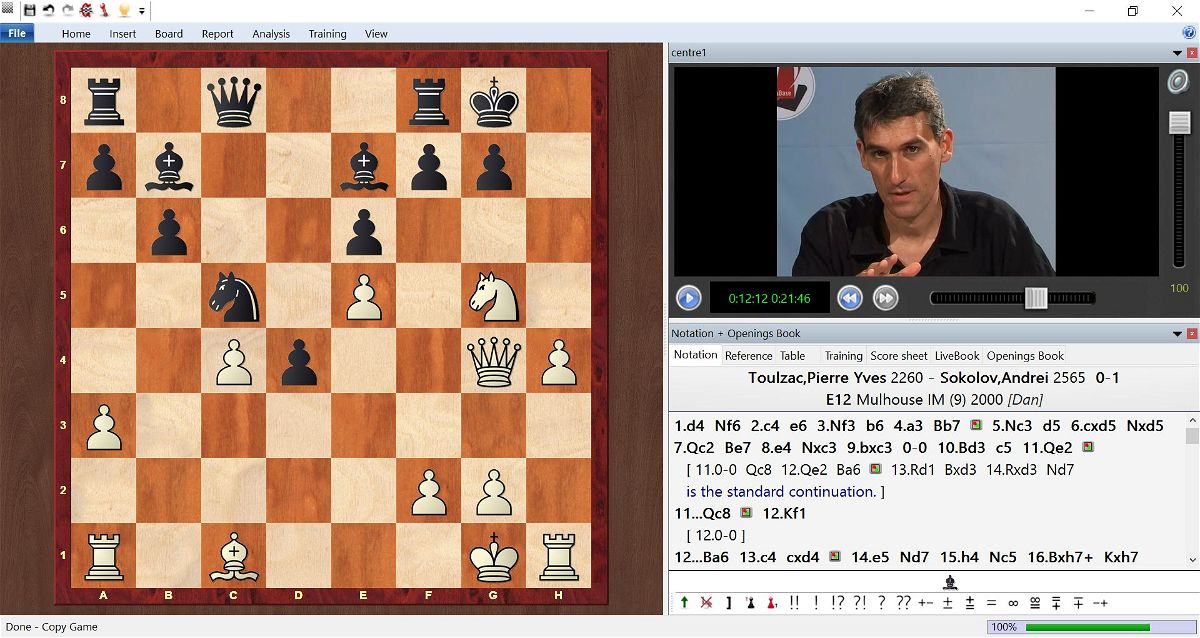
This DVD is many years old (you can guess that from King's look), but the instruction is timeless. I would heartily recommend Powerplay 2 if you want to become a strong attacker, or just spend hours going over beautiful attacking games.
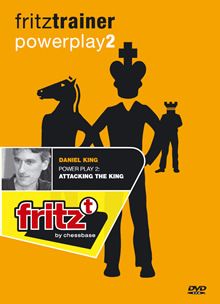
Powerplay 2 is available in the ChessBase India shop for just Rs.999/-
